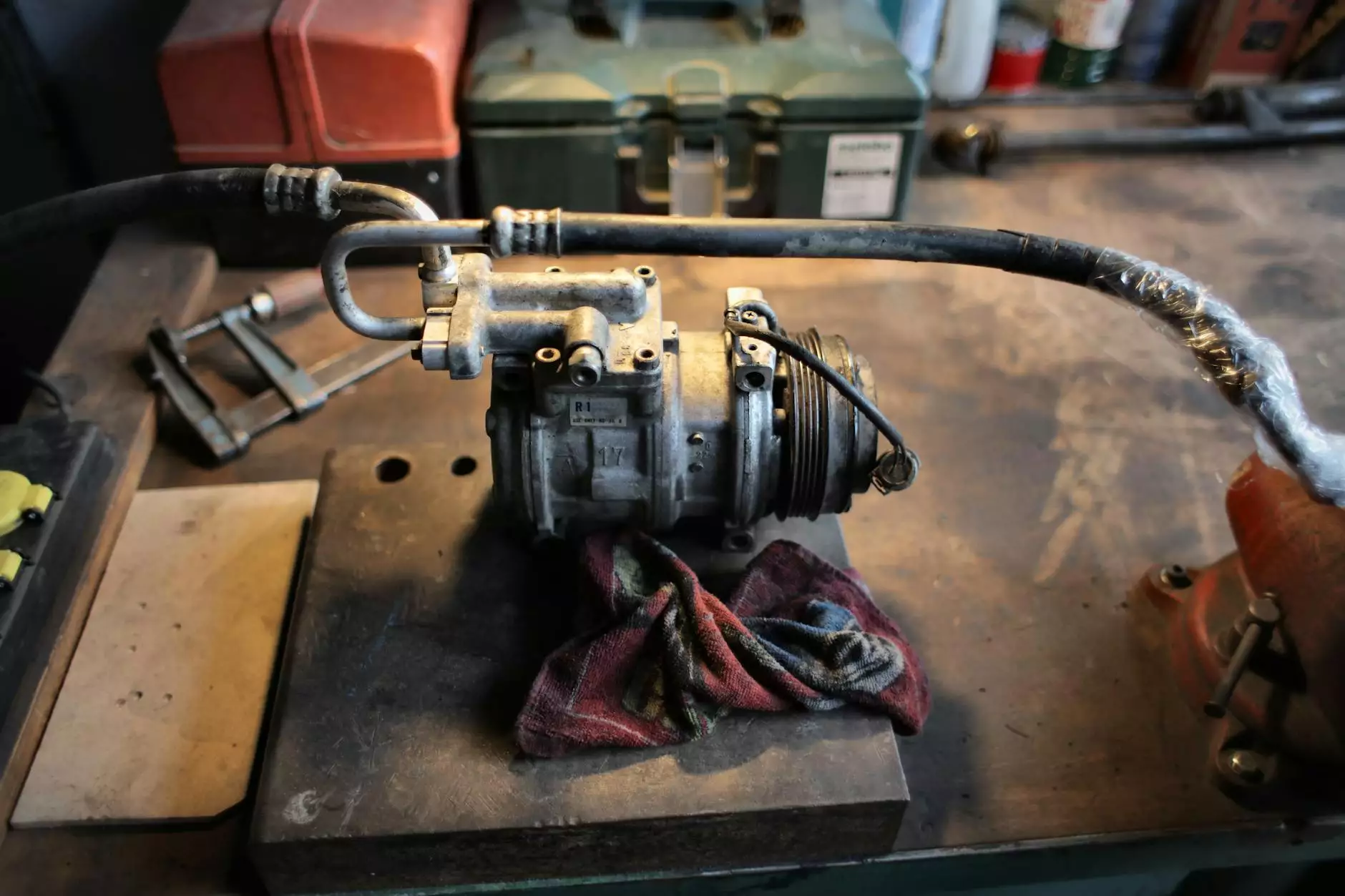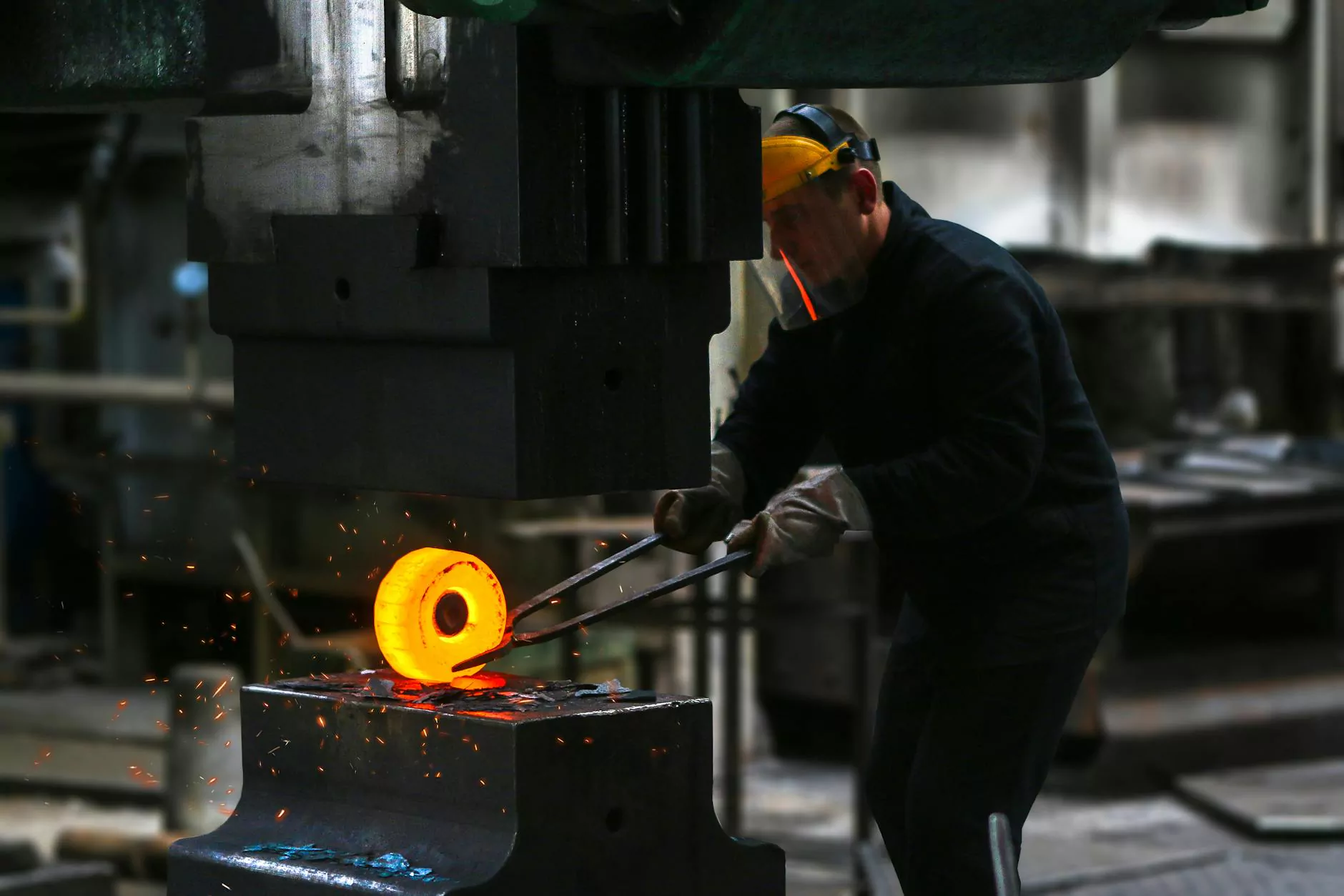Ductless Mini-Split Systems: Pros and Cons
Blog
Introduction
Welcome to Narducci Electric's comprehensive guide on ductless mini-split systems. In this article, we will explore the pros and cons of these innovative heating and cooling solutions. Whether you are considering installing a ductless mini-split system in your home or looking to understand their benefits, energy efficiency, installation process, and more, this guide has you covered. Let's dive in!
What are Ductless Mini-Split Systems?
Ductless mini-split systems, also known as ductless heat pumps or ductless air conditioners, are HVAC systems that provide both heating and cooling without the need for ductwork. They consist of an outdoor unit connected to one or more indoor air handling units, distributing conditioned air directly into different zones or rooms. These systems are gaining popularity due to their flexibility, energy efficiency, and ease of installation.
The Pros of Ductless Mini-Split Systems
1. Energy Efficiency
One of the major advantages of ductless mini-split systems is their energy efficiency. Unlike traditional HVAC systems that lose energy through ductwork, ductless systems deliver conditioned air directly to the desired areas, minimizing energy wastage. Additionally, many models come equipped with advanced features such as inverter technology, which adjusts the compressor speed to match the heating or cooling requirements, resulting in further energy savings.
2. Customizable Comfort
Ductless mini-split systems offer individual temperature control, allowing you to customize comfort in each zone or room. This flexibility is especially beneficial for households with varying temperature preferences among family members. Each indoor unit is installed independently, providing independent control over different areas, ensuring everyone's needs are met.
3. Easy Installation
Installation of ductless mini-split systems is relatively easy compared to traditional ducted HVAC systems. Since these systems do not require extensive ductwork, the installation process is often less disruptive and time-consuming. Moreover, the outdoor unit can be placed up to 50 feet away from the indoor units, offering flexibility in positioning. This makes retrofitting and installation in existing homes or older buildings much more convenient.
4. Improved Indoor Air Quality
Due to the absence of ductwork, ductless mini-split systems prevent the accumulation and circulation of dust, allergens, and pollutants common in traditional HVAC systems. The inclusion of advanced filtration systems in many models further enhances indoor air quality by trapping particulates and reducing the presence of airborne contaminants. This makes ductless systems a great choice for households with individuals who suffer from allergies or respiratory issues.
5. Increased Design Flexibility
The compact size and sleek design of the indoor units in ductless mini-split systems allow for versatile installation options. These units can be mounted on walls, suspended from ceilings, or even integrated into drop ceilings, depending on the aesthetics and requirements of the space. This design flexibility makes ductless systems an attractive choice for both residential and commercial applications.
The Cons of Ductless Mini-Split Systems
1. Initial Cost
While ductless mini-split systems offer long-term energy savings, the initial cost of purchasing and installing these systems can be higher compared to traditional HVAC systems. However, it's important to consider the benefits such as energy efficiency, customization, and increased comfort when evaluating the overall value and potential return on investment.
2. Aesthetics
Although the design flexibility of ductless mini-split systems is an advantage, some homeowners may consider the visible indoor units as less appealing compared to hidden ductwork. However, advancements in technology have led to more aesthetically pleasing indoor units, with options available to blend seamlessly with different interior designs.
3. Regular Maintenance
Like all HVAC systems, ductless mini-split systems require regular maintenance to ensure optimal performance and longevity. This includes cleaning or replacing filters, inspecting refrigerant levels, and ensuring proper functioning of the system. However, the required maintenance is relatively straightforward and can be performed by trained professionals from Narducci Electric, ensuring your system continues to operate efficiently.
Conclusion
Ductless mini-split systems offer numerous benefits, including energy efficiency, customizable comfort, ease of installation, improved indoor air quality, and design flexibility. While they may have their cons, such as initial cost and aesthetics, the advantages outweigh the drawbacks. At Narducci Electric, we specialize in the installation, maintenance, and repair of ductless mini-split systems. Contact us today to explore the ideal solution for your heating and cooling needs.









